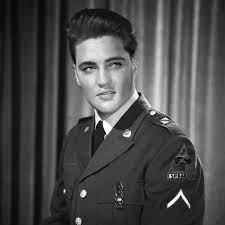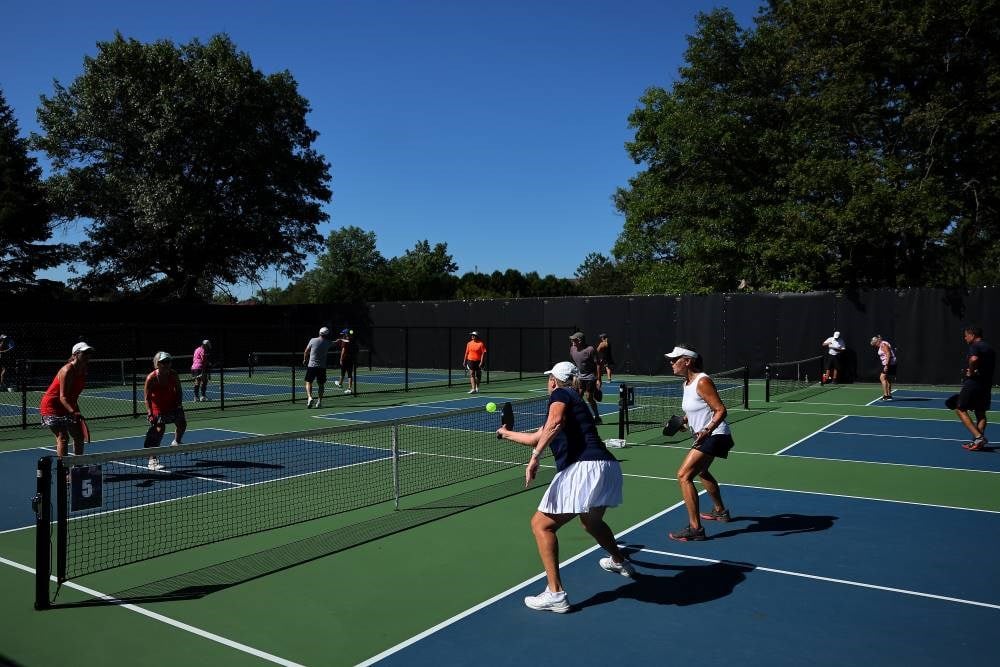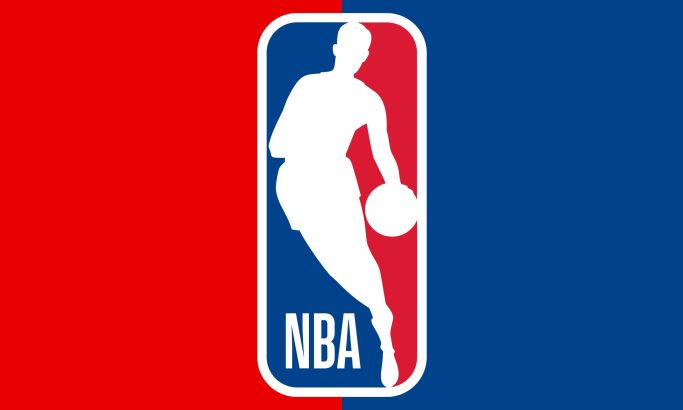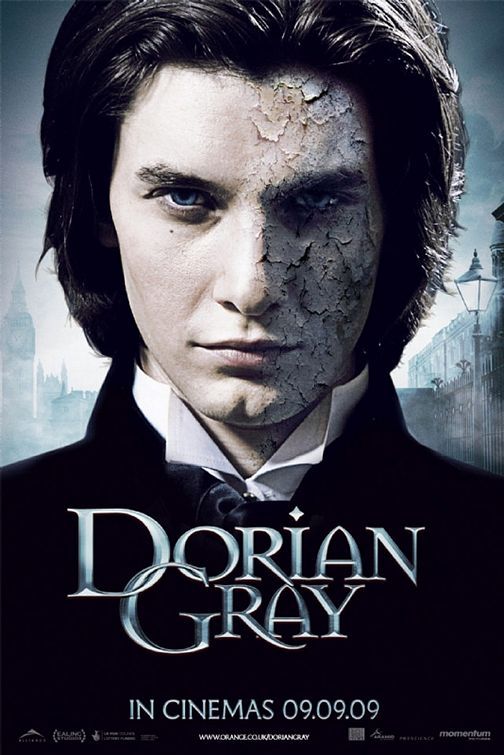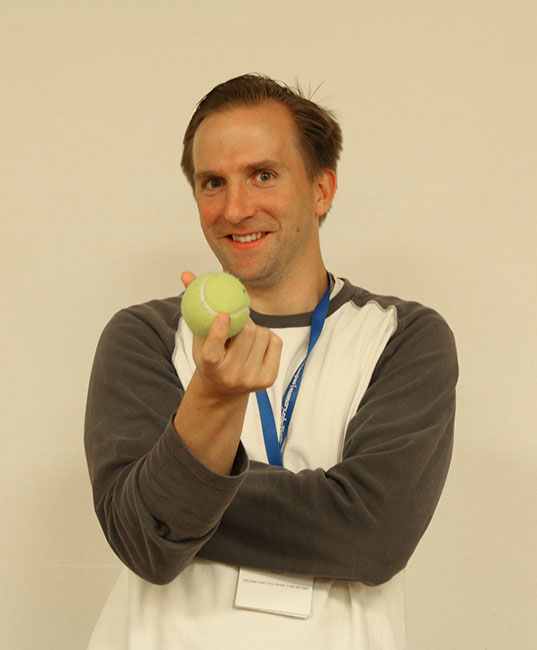What’s Happening in AP Psychology?
October 19, 2018
Last Thursday Mr. Zitrick’s first block Advanced Placement Psychology (AP) students participated in a class related activity involving tennis balls. It may have seemed unusual to those not currently learning about the brain and how it perceives certain things, but to the students it helped them engage with the subject matter. Being able to catch a ball with either eye closed is a test of not only depth perception but also the ability of the subject to use monocular and binocular cues. It’s a true test of identifying an object’s physical position in space in relation to someone’s body and limbs.
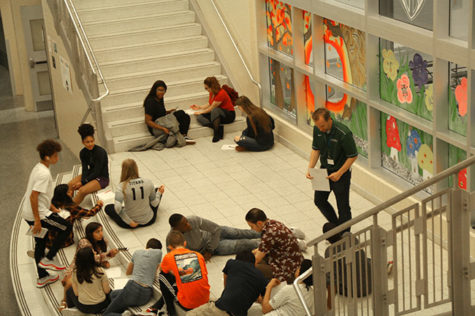
In mostly groups of 3, one person tossed a tennis ball, one caught, and one watched while recording the data. The person catching had to catch with their non-dominant hand and whilst covering either eye. The first trial was both eyes open, then they would have to cover their right, left, and then have both open for the final trial. By covering one eye, it is determines whether or not their coordination is maintained during the use of monocular cues instead of binocular. Monocular cues have to do with what you see out of using each eye separately. When you hold an object out in front of you and close one eye the position of the object “changes”. In reality it stays in the same spot but your eyes are slightly far apart from each other so it moves. Binocular cues rely upon the use of both eyes together to get an accurate view of where everything is in relation to a person.
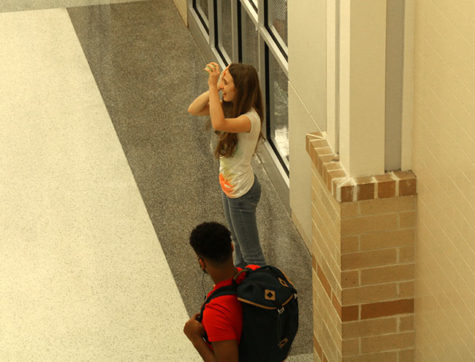
Combined and analyzed data showed that people on average caught the ball 15.6 times out of 20 tosses with both eyes open, and when they proceeded to close one eye they caught it only 10.7 times out of 20 tosses. When comparing from student to student it was shown who had better hand-eye coordination along with good acclamation depth perception. Student 1 got 20/20 catches with both eyes open and 12/20 with either eyes closed, amounting to a 32 out of 40 overall. Student 2 was on the other end of the coordination spectrum by catching 11 out of 20 with both eyes open and 2 out of 20 with the right or left eye closed, amounting to a 13 out of 40 overall.
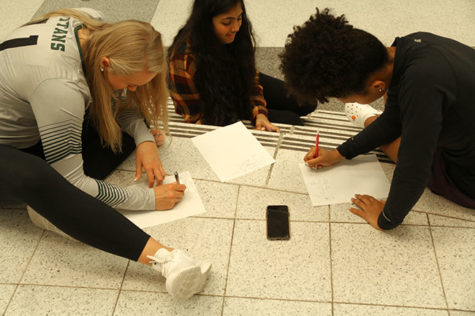
Mr. Zitrick has his students participate in this experiment because “it’s so much better than notes” and it proves that “moving objects are harder to perceive depth wise” during tossing and catching. Also, the data tends to come handy later in the curriculum. He has done this experiment every year and so far there has been “no serious injury” or “abuse of power” by students. Mr. Zitrick likes that he can test students coordination while also helping build a better understanding of class material. If nothing else, it’s a fun activity to learn more about how quick your body adapts to changing situations. It all just goes to show that some things are harder than they look, literally.




